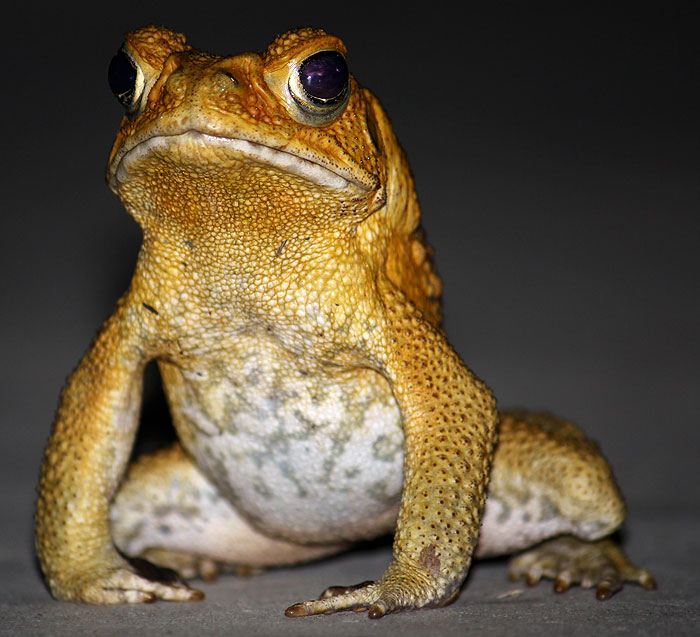Convolvulus Hawk-moth Feeding on Spider Lily
When Jo and I first moved to the tropics the variety and abundance of life was and still is, jaw dropping. Insects buzzing about all over - little skink's scampering here and there and choruses of frogs that sometimes drown out all other sounds. It really is fantastic.
Sometimes though I am guilty of overlooking the plants - in truth botany has never really been an interest of mine - but the relationships between plants and animals most certainly is.
The spider lily is a common garden plant that attracts and shelters many of our guests - and I had always assumed, purely based on their structure and the fact that they often flower at night - that they were pollinated, (at least in part) by moths. Last night I managed to confirm this theory - and snap some pics.
And while I was engrossed watching the moths flit from flower to flower - someone was watching me. As to why a predominantly diurnal snake was out in the middle of the night is anyone's guess. Although it's been noted that often snakes that are normally found during the day will take advantage of the warm humid nights in the tropics and remain active. Perhaps she was on the look out for an unwary frog or two?.
Sometimes though I am guilty of overlooking the plants - in truth botany has never really been an interest of mine - but the relationships between plants and animals most certainly is.
The spider lily is a common garden plant that attracts and shelters many of our guests - and I had always assumed, purely based on their structure and the fact that they often flower at night - that they were pollinated, (at least in part) by moths. Last night I managed to confirm this theory - and snap some pics.
 |
Convolvulus Hawk-moth, (Agrius convolvuli) |
 |
Evolution - right? |
 |
You can clearly see the grains of pollen attached to the moth |
 |
The bright orange anther is loaded with pollen - just waiting to be 'tripped' by the moth |
And while I was engrossed watching the moths flit from flower to flower - someone was watching me. As to why a predominantly diurnal snake was out in the middle of the night is anyone's guess. Although it's been noted that often snakes that are normally found during the day will take advantage of the warm humid nights in the tropics and remain active. Perhaps she was on the look out for an unwary frog or two?.
 |
Common Tree Snake (Dendrelaphis punctulata) |
Fertilisation of Orchids by Charles Darwin published on 15 May 1862 describes how the relationship between insects and plants resulted in the beautiful and complex forms which natural theology attributed to a grand designer. By showing how practical adaptations develop from cumulative minor variations of parts of the flowers to suit new purposes, Darwin countered the prevailing view that beautiful organisms were the handiwork of a Creator.
His painstaking observations, experiments, and detailed dissection of the flowers explained previously unknown features such as the puzzle of Catasetum, which had been thought to have three completely different species of flowers on the same plant.
In addition, they produced testable predictions including his then-controversial proposal that the long nectary of Angraecum sesquipedale meant that there must be a moth with an equally long proboscis. This was confirmed in 1903 when Xanthopan morgani praedicta was found in Madagascar.
His painstaking observations, experiments, and detailed dissection of the flowers explained previously unknown features such as the puzzle of Catasetum, which had been thought to have three completely different species of flowers on the same plant.
In addition, they produced testable predictions including his then-controversial proposal that the long nectary of Angraecum sesquipedale meant that there must be a moth with an equally long proboscis. This was confirmed in 1903 when Xanthopan morgani praedicta was found in Madagascar.






Comments
Post a Comment